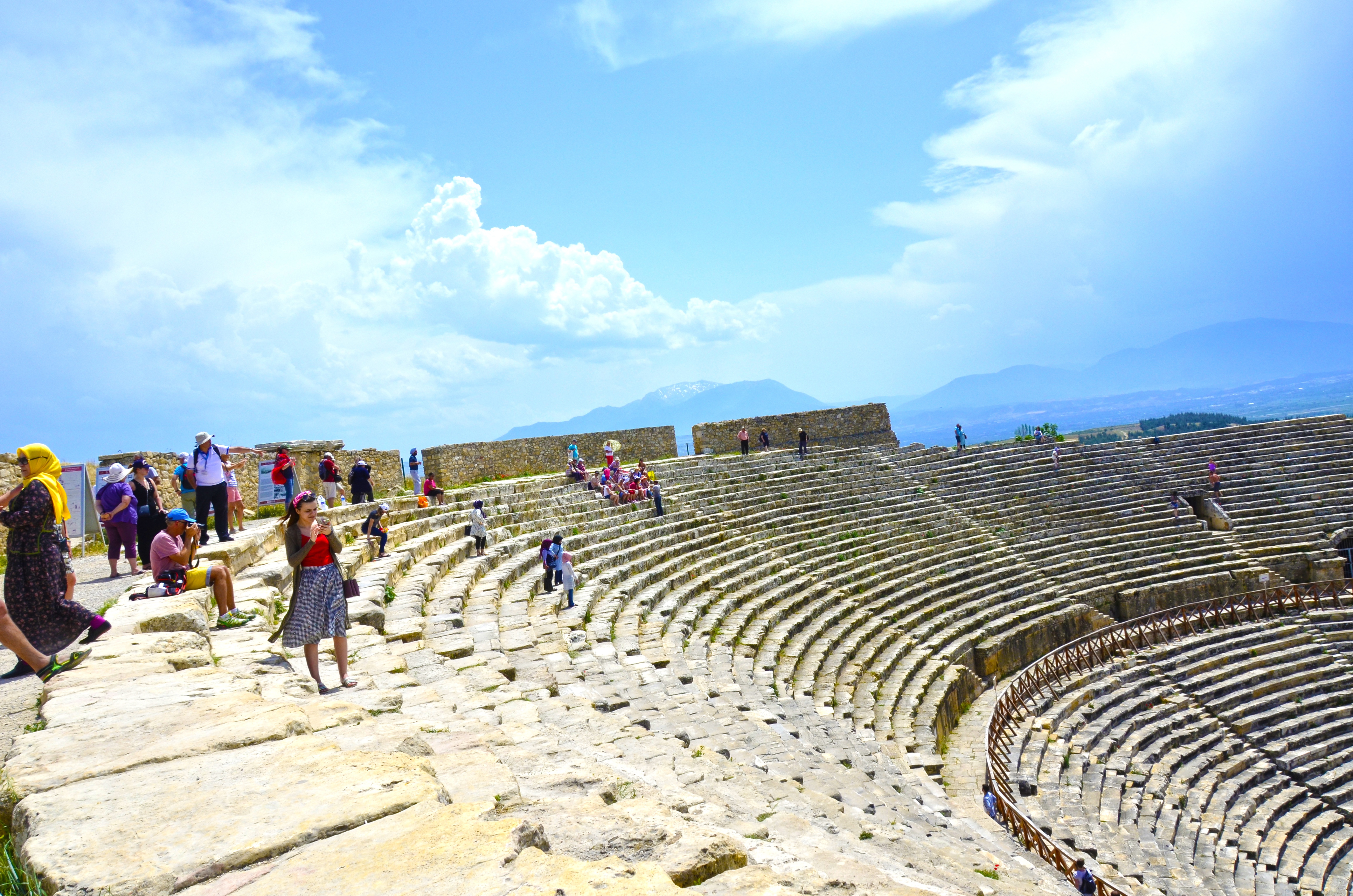Pamukkale
Nestled in southwestern Turkey, Pamukkale—meaning “cotton castle” in Turkish—is a surreal natural wonder that looks like it was plucked from a dream. Its iconic white travertine terraces, formed by mineral-rich thermal waters cascading down the hillside, shimmer under the sun like frozen waterfalls. But Pamukkale is more than just a pretty face. Pamukkale is easily accessible from the nearby city of Denizli, and while many visit on a day trip, staying overnight lets you soak in the serenity once the tour buses roll out. Whether you're a history buff, a nature lover, or just chasing the extraordinary, Pamukkale is a destination that lingers in your memory long after your footprints fade from its terraces.




